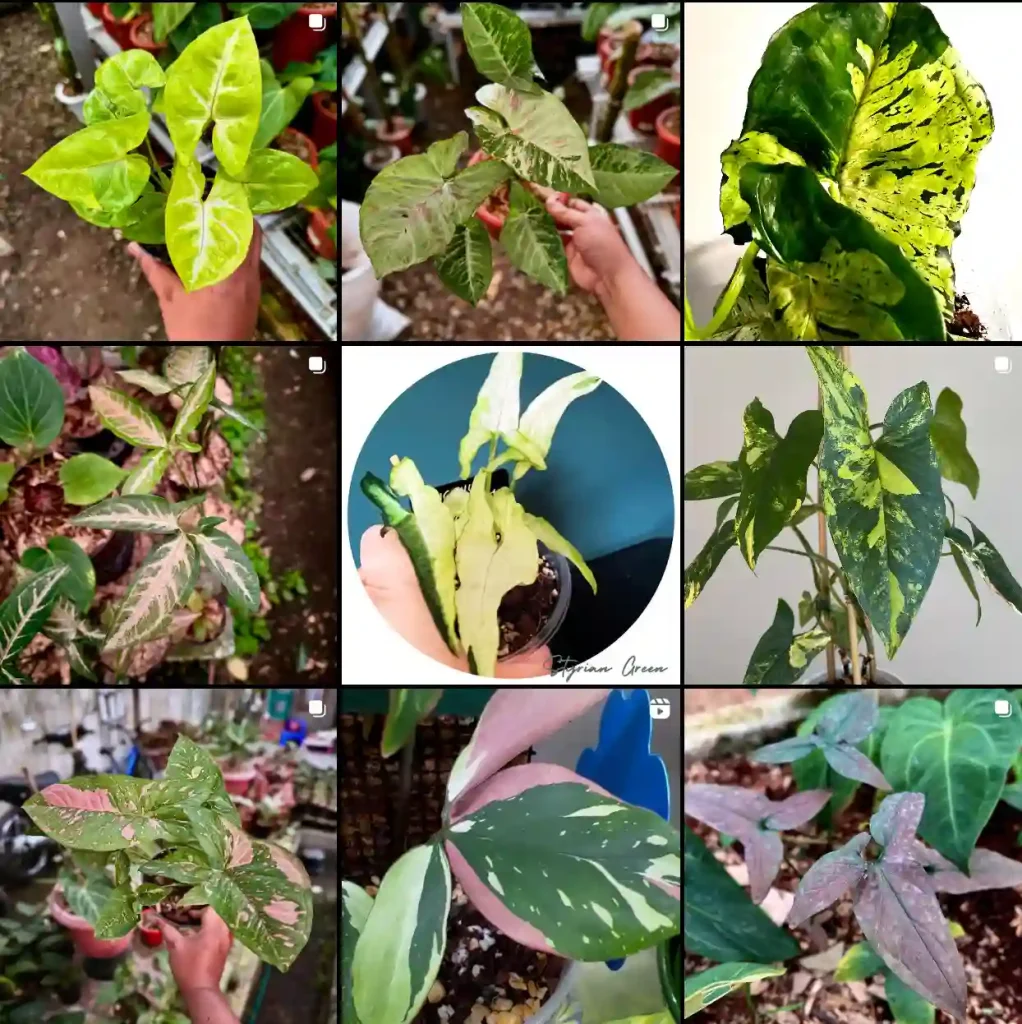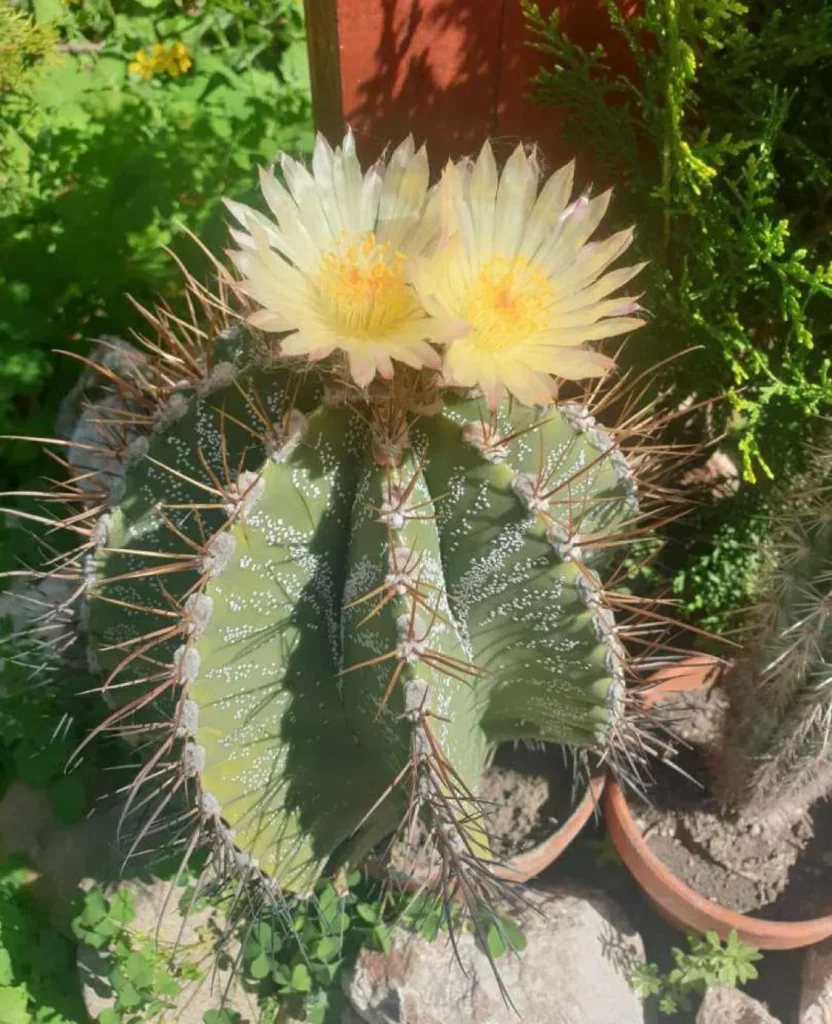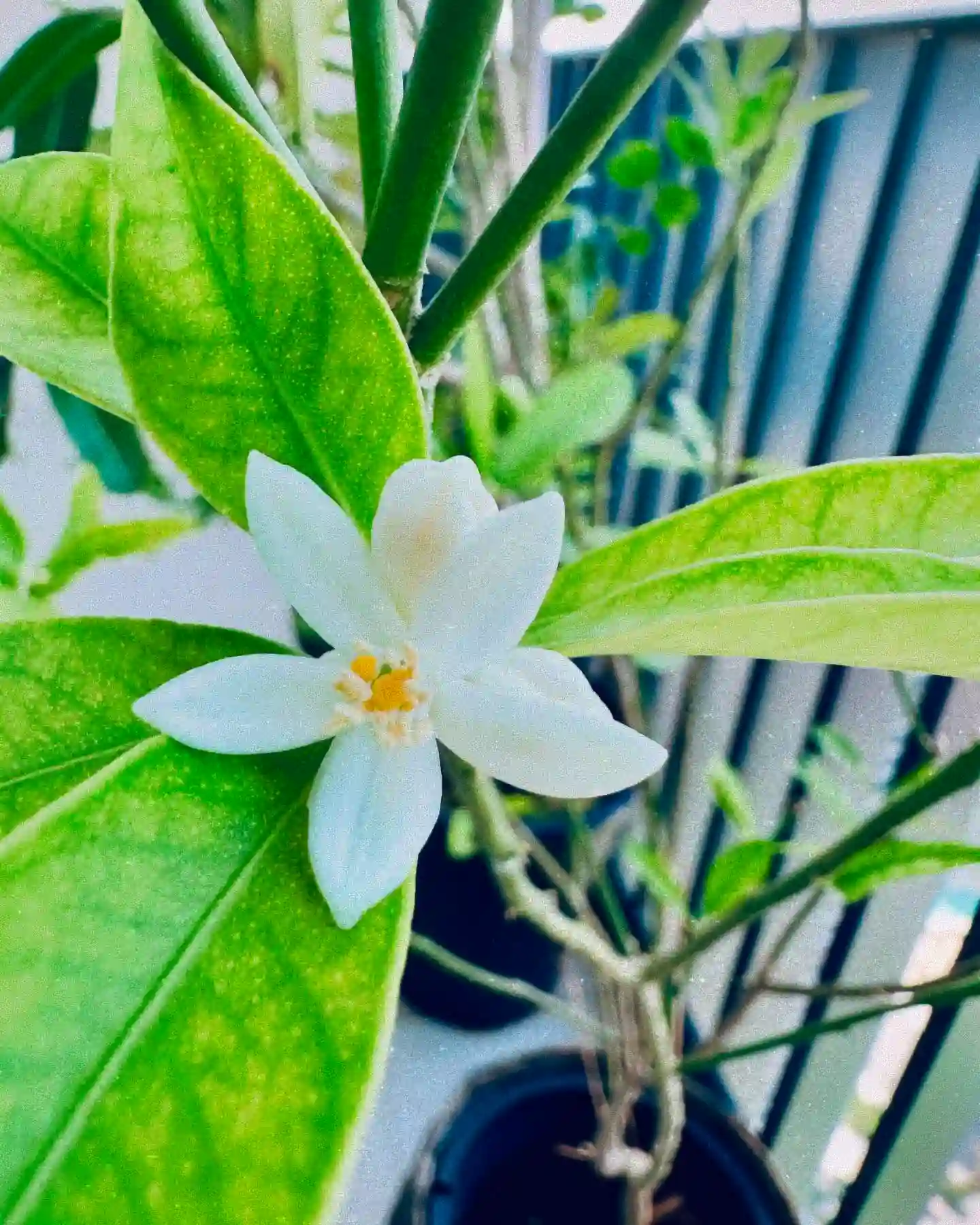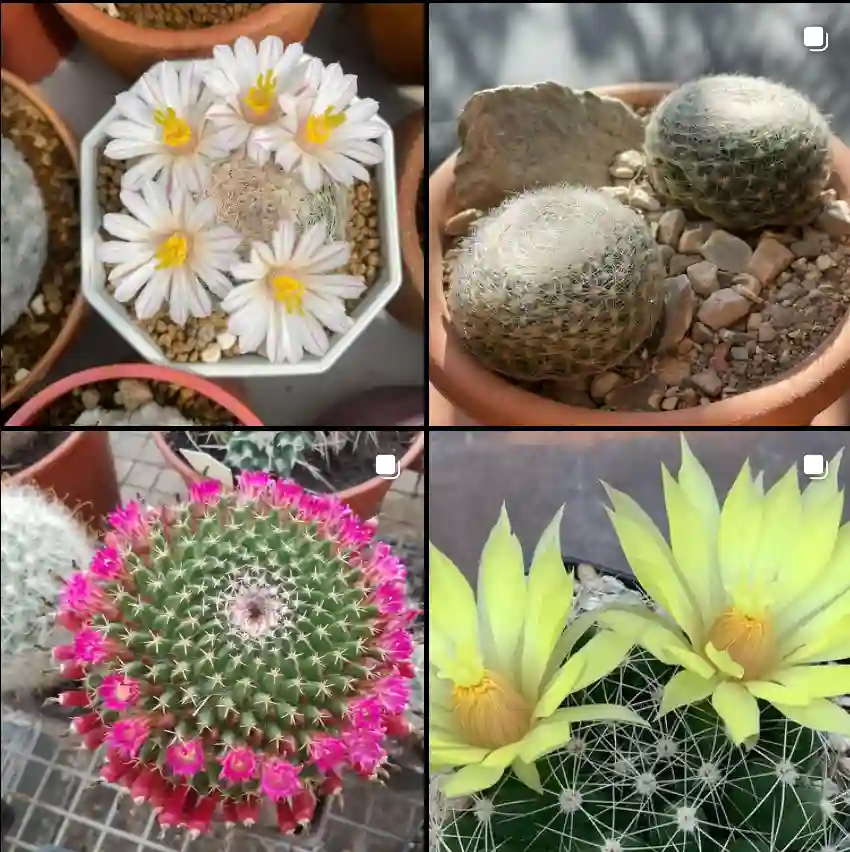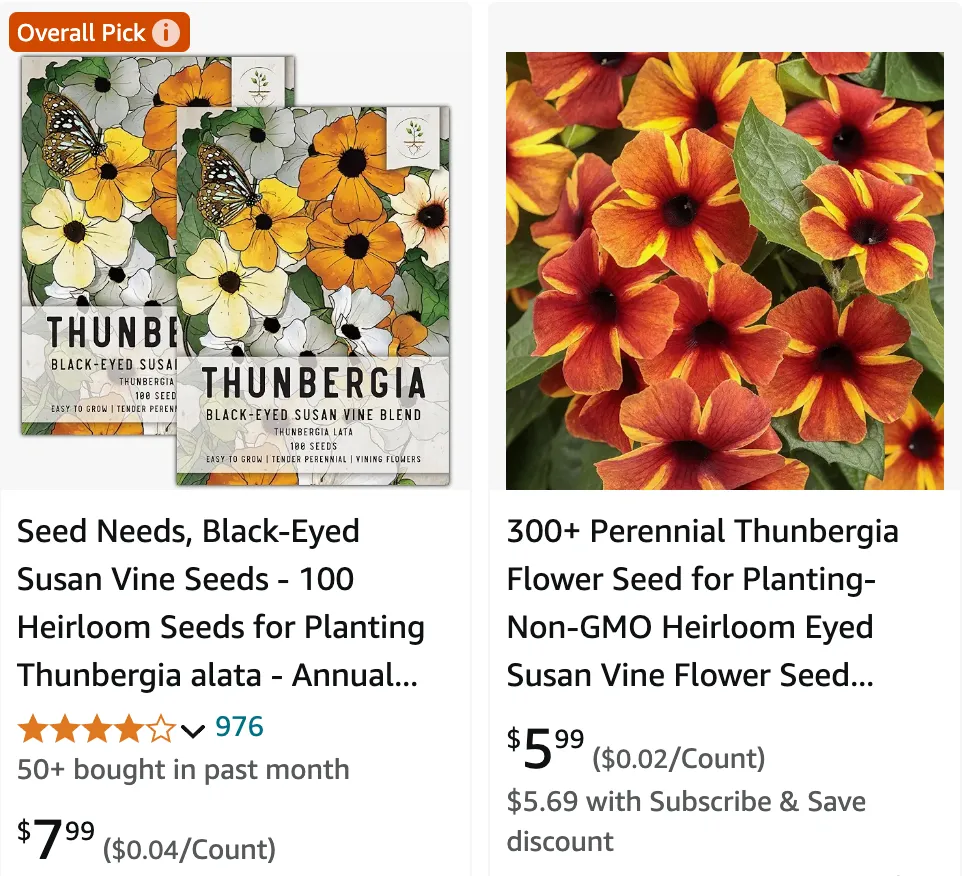
January 30 – Thunbergia
“January 30 belongs to Thunbergia, the black-eyed Susan vine.”
Thunbergia represents spontaneity and joy. You are adventurous and fun-loving, always bringing excitement and laughter to those around you.
Thunbergia: A World of Vibrant Vines
My name is Ferb Vu, and I’ve always been drawn to the vibrant colors and intricate forms of the natural world. Among my many botanical fascinations, the genus Thunbergia holds a special place in my heart. These plants belong to the Acanthaceae family, with their trumpet-shaped flowers and vigorous climbing habit, bring a touch of the exotic to any garden. Native to tropical and subtropical regions of Africa, Madagascar, Asia, and Australia, Thunbergia encompasses a diverse array of species, each with its own unique charm.
A Diverse Genus
The genus Thunbergia boasts over 150 recognized species, ranging from delicate vines to robust shrubs. Some of the most popular and widely cultivated species include:
- Thunbergia adenocalyx Radlk.
- Thunbergia affinis S.Moore
- Thunbergia alata Bojer ex Sims Plant FAQs: Thunbergia Alata – Black-Eyed Susan Vine
- Thunbergia amoena C.B.Clarke
- Thunbergia amphaii Suwanph., K.Khamm., D.J.Middleton & Suddee
- Thunbergia anatina Benoist
- Thunbergia angolensis S.Moore
- Thunbergia angulata Hils. & Bojer ex Hook.
- Thunbergia annua Hochst. ex Nees
- Thunbergia armipotens S.Moore
- Thunbergia arnhemica F.Muell.
- Thunbergia atacorensis Akoègn. & Lisowski
- Thunbergia atriplicifolia E.Mey. ex Nees
- Thunbergia austromontana Vollesen
- Thunbergia bancana Bremek.
- Thunbergia barbata Vollesen
- Thunbergia batjanensis Bremek.
- Thunbergia battiscombei Turrill
- Thunbergia benguettensis Bremek.
- Thunbergia bianoensis De Wild. & Ledoux
- Thunbergia bicolor (Wight) Lindau
- Thunbergia bogoroensis De Wild.
- Thunbergia brachypoda Bremek.
- Thunbergia brachytyla Bremek.
- Thunbergia buennemeyeri Bremek.
- Thunbergia capensis Retz.
- Thunbergia celebica Bremek.
- Thunbergia chrysops Hook.
- Thunbergia ciliata De Wild.
- Thunbergia citrina Vollesen
- Thunbergia coccinea Wall. ex D.Don
- Thunbergia colpifera B.Hansen
- Thunbergia convolvulifolia Baker
- Thunbergia crispa Burkill
- Thunbergia crispula Bremek.
- Thunbergia cuanzensis S.Moore
- Thunbergia cyanea Bojer ex Nees
- Thunbergia cycloneura Bremek.
- Thunbergia cycnium S.Moore
- Thunbergia cynanchifolia Benth.
- Thunbergia dasychlamys Bremek.
- Thunbergia dregeana C.Presl
- Thunbergia eberhardtii Benoist
- Thunbergia erecta (Benth.) T.Anderson Plant FAQs: Thunbergia Erecta – King’s Mantle – Blue Sky Flower
- Thunbergia erythraeae Schweinf. ex Lindau
- Thunbergia eymae Bremek.
- Thunbergia fasciculata Lindau
- Thunbergia fischeri Engl.
- Thunbergia fragrans Roxb.
- Thunbergia geoffrayi Benoist
- Thunbergia gibsonii S.Moore
- Thunbergia gossweileri S.Moore
- Thunbergia gracilis Benoist
- Thunbergia graminifolia De Wild.
- Thunbergia grandiflora Roxb. Plant FAQs: Thunbergia Grandiflora
- Thunbergia gregorii S.Moore
- Thunbergia guerkeana Lindau
- Thunbergia hamata Lindau ex Engl.
- Thunbergia hastata Decne.
- Thunbergia hebecocca Bremek.
- Thunbergia hederifolia Bremek.
- Thunbergia heterochondros (Mildbr.) Vollesen
- Thunbergia hirsuta T.Anderson
- Thunbergia hispida Solms
- Thunbergia holstii Lindau
- Thunbergia hossei C.B.Clarke
- Thunbergia huillensis S.Moore
- Thunbergia hyalina S.Moore
- Thunbergia ilocana Bremek.
- Thunbergia impatienoides Suwanph. & S.Vajrodaya
- Thunbergia javanica C.F.Gaertn.
- Thunbergia jayii S.Moore
- Thunbergia kangeanensis Bremek.
- Thunbergia kasajuana Bh.Adhikari & J.R.I.Wood
- Thunbergia kirkiana T.Anderson
- Thunbergia kirkii Hook.f.
- Thunbergia laborans Burkill
- Thunbergia laevis Wall. ex Nees
- Thunbergia lamellata Hiern
- Thunbergia lancifolia T.Anderson
- Thunbergia lathyroides Burkill
- Thunbergia laurifolia Lindl.
- Thunbergia leucorhiza Benoist
- Thunbergia liebrechtsiana De Wild. & T.Durand
- Thunbergia longifolia Lindau
- Thunbergia lutea T.Anderson
- Thunbergia macalensis Bremek.
- Thunbergia malangana Lindau
- Thunbergia masisiensis De Wild.
- Thunbergia mauginii Fiori
- Thunbergia mechowii Lindau
- Thunbergia microchlamys S.Moore
- Thunbergia mildbraediana Lebrun & L.Touss.
- Thunbergia minziroensis Vollesen
- Thunbergia mufindiensis Vollesen
- Thunbergia mysorensis (Wight) T.Anderson
- Thunbergia napperae Mwachala, Malombe & Vollesen
- Thunbergia natalensis Hook.
- Thunbergia neglecta Sond.
- Thunbergia nepalensis Bh.Adhikari & J.R.I.Wood
- Thunbergia nivea Craib
- Thunbergia oblongifolia Oliv.
- Thunbergia oubanguiensis Benoist
- Thunbergia palawanensis Bremek.
- Thunbergia papilionacea W.W.Sm.
- Thunbergia papuana Bremek.
- Thunbergia parviflora Bremek.
- Thunbergia parvifolia Lindau
- Thunbergia paulitschkeana Beck
- Thunbergia petersiana Lindau
- Thunbergia pleistodonta Bremek.
- Thunbergia pondoensis Lindau
- Thunbergia purpurata Harv. ex C.B.Clarke
- Thunbergia pynaertii De Wild.
- Thunbergia quadrialata Lindau
- Thunbergia quadricostata Bremek.
- Thunbergia racemosa Vollesen
- Thunbergia recasa S.Moore
- Thunbergia reniformis Vollesen
- Thunbergia retefolia S.Moore
- Thunbergia reticulata Hochst. ex Nees
- Thunbergia richardsiae Vollesen
- Thunbergia ridleyi Bremek.
- Thunbergia rogersii Turrill
- Thunbergia rufescens Lindau
- Thunbergia ruspolii Lindau
- Thunbergia schimbensis S.Moore
- Thunbergia schliebenii Vollesen
- Thunbergia schweinfurthii S.Moore
- Thunbergia serpens Vollesen
- Thunbergia sessilis Lindau
- Thunbergia siantanensis Bremek.
- Thunbergia similis Craib
- Thunbergia smilacifolia Kurz
- Thunbergia stellarioides Burkill
- Thunbergia stelligera Lindau
- Thunbergia stenochlamys Bremek.
- Thunbergia subalata Lindau
- Thunbergia subcordatifolia De Wild.
- Thunbergia thespesiifolia Bremek.
- Thunbergia togoensis Lindau
- Thunbergia tomentosa Wall. ex Nees
- Thunbergia trachychlamys Bremek.
- Thunbergia trichocarpa Bremek.
- Thunbergia tsavoensis Vollesen
- Thunbergia usambarica Lindau
- Thunbergia venosa C.B.Clarke
- Thunbergia verdcourtii Vollesen
- Thunbergia vogeliana Benth.
- Thunbergia vossiana De Wild.
Does Thunbergia Come Back Every Year?
Thunbergia is typically grown as an annual in most climates, meaning it completes its life cycle in one growing season. However, in tropical and subtropical regions, Thunbergia can behave as a perennial and come back year after year. In colder climates, you’ll need to replant it each spring.
Do Deer Eat Thunbergia?
One of the great things about Thunbergia is that it is generally deer-resistant. While no plant is completely deer-proof, Thunbergia is not a preferred snack for deer. This makes it an excellent choice for gardens in areas with high deer populations.
How to Grow Thunbergia from Seed?
Growing Thunbergia from seed is straightforward. Start the seeds indoors 6-8 weeks before the last frost date. Plant the seeds in well-draining soil and keep them moist. Germination typically occurs within 10-15 days. Once the seedlings have grown a few inches tall and the danger of frost has passed, you can transplant them outdoors.
Are Thunbergia Poisonous to Dogs?
Thunbergia is not known to be toxic to dogs. However, it’s always a good idea to keep pets away from garden plants to prevent any potential issues. If you suspect your dog has ingested a large amount of any plant, it’s best to consult with a veterinarian.
Do Hummingbirds Like Thunbergia?
Yes, hummingbirds are attracted to Thunbergia. The vibrant, tubular flowers are perfect for these tiny birds. Planting Thunbergia can help create a hummingbird-friendly garden.
Does Thunbergia Need Full Sun?
Thunbergia thrives in full sun but can tolerate partial shade. For the best blooms, plant it in a location where it receives at least 6 hours of sunlight each day. Too much shade can result in fewer flowers and leggy growth.
How Fast Does Thunbergia Grow?
Thunbergia is a fast-growing vine. Under optimal conditions, it can grow several feet in a single growing season. Providing a trellis or support structure can help manage its vigorous growth.
How to Care for Thunbergia?
Caring for Thunbergia is relatively easy. Here are some tips:
- Watering: Keep the soil consistently moist but not waterlogged. Water deeply when the top inch of soil feels dry.
- Fertilizing: Feed with a balanced, water-soluble fertilizer every 4-6 weeks during the growing season.
- Pruning: Regularly prune to remove dead or damaged stems and to control its shape.
How to Propagate Thunbergia?
Thunbergia can be propagated from seeds, cuttings, or by layering. For cuttings, take a 4-6 inch stem cutting in the spring or summer. Remove the lower leaves and plant the cutting in a pot with moist, well-draining soil. Keep it in a warm, bright location until roots develop.
Is Thunbergia Edible?
Thunbergia is not considered edible. While it’s not known to be toxic to humans, it’s best to enjoy it for its ornamental value rather than as a food source.
Is Thunbergia Invasive?
In some regions, Thunbergia can be invasive due to its rapid growth and ability to self-seed. It’s important to check with local guidelines before planting Thunbergia in your garden to ensure it won’t disrupt local ecosystems.
Is Thunbergia Poisonous to Cats?
Similar to dogs, Thunbergia is not known to be toxic to cats. However, to be safe, it’s best to prevent your pets from chewing on any plants in the garden.
How Many Thunbergia in a Pot?
When planting Thunbergia in a pot, it’s best to limit the number to one or two plants per pot. This allows enough space for the roots to grow and prevents overcrowding, which can hinder growth and flowering.
How Tall Does Thunbergia Grow?
Thunbergia vines can reach heights of 6-8 feet or more, especially when grown on a trellis or support. Regular pruning can help manage its height and encourage bushier growth.
Thunbergia vs Mandevilla
Both Thunbergia and Mandevilla are popular vines with beautiful flowers, but they have some differences:
- Growth: Thunbergia is generally faster-growing and less woody than Mandevilla.
- Flowers: Thunbergia flowers are typically smaller and come in shades of yellow, orange, and white, while Mandevilla flowers are larger and available in pink, red, and white.
- Care: Mandevilla may require more specific care, including protection from cold temperatures, while Thunbergia is more adaptable.
What to Plant with Thunbergia?
Thunbergia pairs well with other climbing plants like Clematis or Morning Glory. It also looks beautiful alongside contrasting foliage plants such as Coleus or Sweet Potato Vine. When choosing companion plants, consider those with similar sun and water requirements.
Thunbergia is a versatile and vibrant addition to any garden. Whether you’re a seasoned gardener or a beginner, this plant can provide a burst of color and attract pollinators like hummingbirds. With the right care and attention, Thunbergia can thrive and become a highlight in your garden.
If i die, water my plants!
